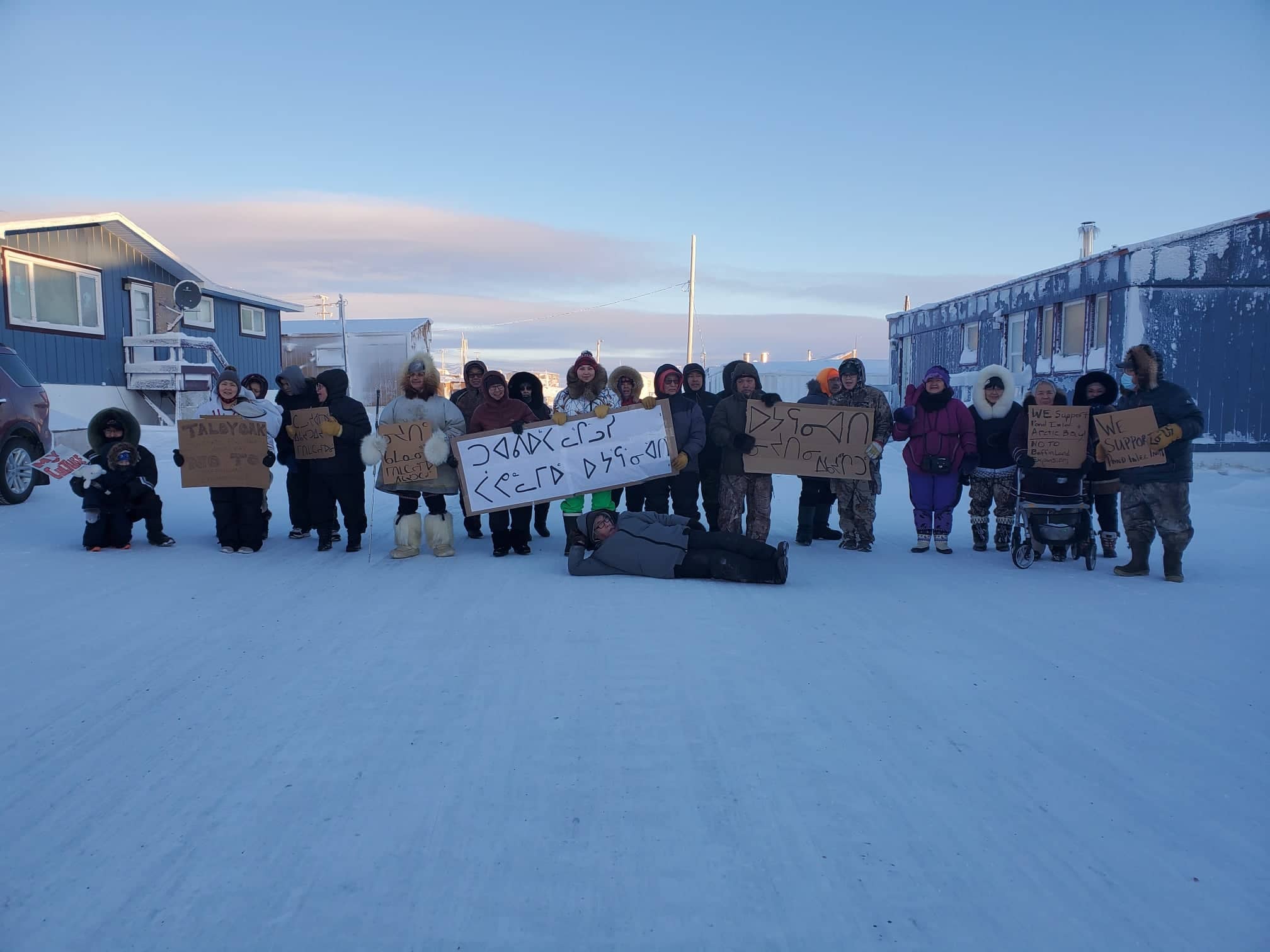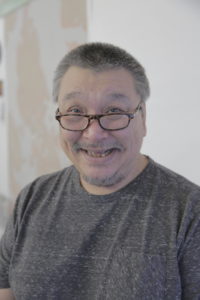Taloyoak working to create Aqviqtuuq Inuit protected and conserved area
By Jimmy Ullikatalik, manager of Spence Bay HTA in Taloyoak, NU
Taloyoak is the most northerly community on the mainland in Canada, and the friendliest in Nunavut. From here on the southwestern coast of Aqviqtuuq, there are only islands, so all wildlife has to pass through Taloyoak, by water or land, during their migration.
Despite this abundant wildlife, we face food insecurity because store food is expensive and country food is under threat from climate change and from mining and exploration. But we know how to fix this. And we just won $451,000 from the Arctic Inspiration Prize — which funds innovative projects by Northerners to improve their communities — to help us do it.

Aqviqtuuq is our home, our traditional lands. It has provided us with what we have needed to survive and thrive here for generations. We want to see the lands and resources here protected from industrial development because the area is sacred to us, and has everything we need to prosper.
So, we’re working to create the Aqviqtuuq Inuit Protected and Conserved Area (IPCA), which would cover almost 90,000 square kilometres of ocean, rivers, lakes and land. An IPCA is not like a regular protected area because it puts Indigenous people in charge, ensuring our food security with a sustainable harvest as well as economic development like small-scale fisheries, outfitting camps, and tourism.
Since my grandfather’s era, when there was talk of building a pipeline across Aqviqtuuq, we’ve fought to keep it safe. Nothing was happening so around 2016 we got ahold of WWF-Canada, and that’s when the ball started rolling. If it wasn’t for WWF and their staff, we never would have applied for the Arctic Inspiration Prize.
The Ahiak caribou herd come here every summer to their calving ground and many other species have offspring up here — seals, muskox, birds, and fish like char and cod. We also heard from a hunter who witnessed a bowhead whale calving this summer, which makes it even more special.

Our Arctic Inspiration Prize-winning plan Niqihaqut, which means ‘our food,’ will form the management plan for Aqviqtuuq by developing a country food-based economy, including a cut and wrap facility for preparation and distribution of our harvest.
Country foods are the healthiest for us — caribou, fish, seal — but it is not as readily available as store food flown in from the south. A lot of Elders, single parents, and very low-income families cannot afford store food, and neither can they access country food.
Growing up in Taloyoak, we’ve always been going on the land. As soon as it starts to warm up, we go out fishing and hunting. But it is getting harder and more costly to go out hunting here in Taloyoak. Climate change is also threatening our hunters’ safety as the land, lakes, and ice becomes more hazardous, and wildlife becomes more scarce and remote.
Climate change is also thinning the sea ice cover in the nearby Northwest Passage, this will soon bring new international shipping routes to our marine wildlife habitats, and the dangers of oil spills.
This area is also coveted by the mining industry who own exploration claims. They promise prosperity, but it comes with a cost for social and cultural traditions, and for our environment. Aqviqtuuq is the most crucial caribou habitat during calving and post-calving, but everything is going to be affected if we have a mine. From muskox and insects to polar bears and plankton, it’s one ecosystem to us. We see what is happening in Pond Inlet with the Baffinland mine at Mary River and how it’s impacting their narwhal and caribou. We even organized a solidarity protest in Taloyoak to support the hunters because we, too, have a different vision.
For many years now it’s been talked about getting back to the basics of livelihood and diet. Niqihaqut is compatible with our beliefs and our needs as an Inuit community. We applied for the Arctic Inspiration Prize with high hopes and we are so thankful to be able to be recognized and to be believed.
For something like this to happen, it’s a big boost. With Niqihaqut and a cut-and-wrap facility in town, there’s going to be more jobs available, more country food available, and more money for social programs to support Elders, youth and single parents. It’s going to benefit the whole town.
A mine might create jobs for 20 years. But a new food economy and the first-ever Inuit Protected and Conserved Area in Canada, would generate jobs forever, from generation to generation, and still protect the land.
Originally published in The Hill Times on March 15, 2021

